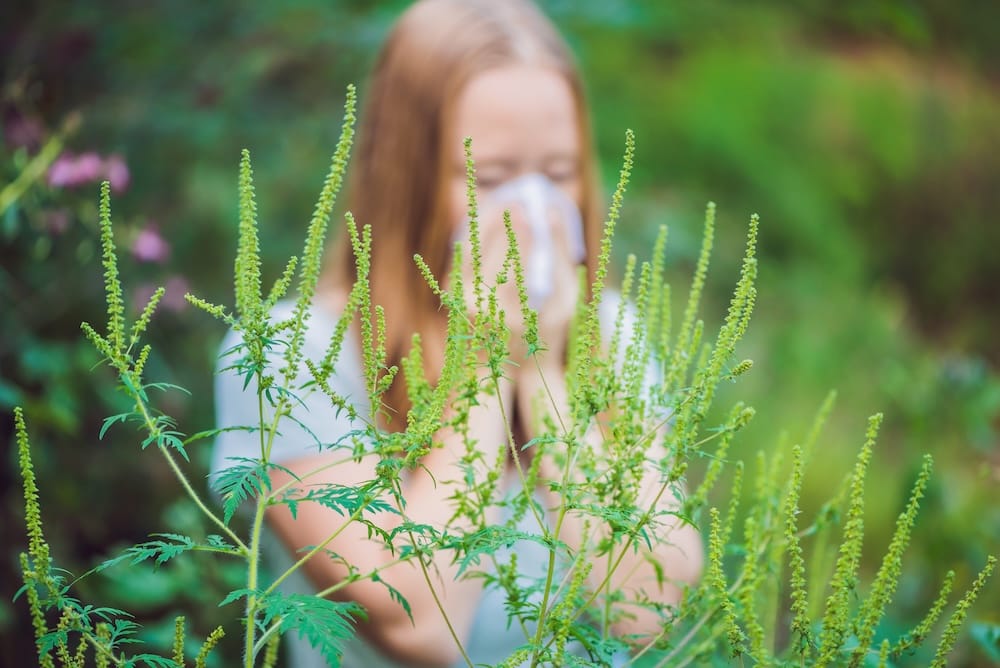
When North Texans picture someone dealing with allergies, the mental image they picture often includes someone with ragweed allergy symptoms. A classic closeup of red, watery eyes, or the sun shining over a garden with a person sneezing into a handy tissue stand out in particular. This visual may accompany thoughts of few treatment options and limited ways to deal with those seasonal allergies. But thankfully, this is far from the current reality, and today we’re discussing tips for successfully managing a ragweed allergy.
Top Tips for Managing Ragweed Allergies in North Texas
It’s estimated that approximately 14.4% of the American population has a sensitivity to ragweed, according to the Asthma and Allergy Foundation of America (AAFA). Getting tested to properly diagnose the allergy is the first step to feeling better, and the good news is that you absolutely can feel better. There are various ways to mitigate allergic reactions and find relief.
Know Your Ragweed Season
Knowing when ragweed season happens in your area allows you to take proper precautions to minimize severe reactions. In North Texas, ragweed blooms annually from late August through November (and possibly as late as the first frost). The range of the season lasts about 6–12 weeks. It’s definitely a good idea to visit your local board-certified allergist ahead of time.
Know Your Symptoms
Itchy, red, watery eyes and sneezing are common symptoms, along with runny nose, congestion, post-nasal drip and swelling around the eyes and nose. But you can also experience pollen food allergy syndrome (PFAS) or oral allergy syndrome (OAS) symptoms as a result of ragweed.
Those symptoms include itching, swelling, or a tingling sensation on your lips, in the mouth or throat when you eat certain foods. You may experience a reaction from eating bananas, cantaloupe, cucumber, honeydew, sunflower seeds, watermelon, white potatoes or zucchini.
Know Your Ragweed Treatment Options
Visiting a board-certified allergist for testing and diagnosis leads to the best outcome. While over-the-counter antihistamines are often a first choice for many ragweed allergy patients, today there are innovative new treatments available, such as immunotherapy. Some people wonder if allergy shots and allergy drops are beneficial for seasonal allergy treatment, and the answer is a resounding yes! These managed desensitization techniques have been shown to be highly effective at reducing symptoms and their severity.
Know How to Reduce Ragweed in the Home
To minimize ragweed exposure, stay inside more often with the windows closed throughout the season. If this isn’t possible, make sure to change your clothes when you get home, especially before sitting on your bed! Another way to manage the amount of pollen entering your home is to change your shoes by the entry door, and have house shoes or specific slippers that you only use inside. Pets are also a source of seasonal allergy spread. Wiping down your pet with a damp cloth and washing your hands after time outside can also help.
Get Expert Help for Your Ragweed Allergy in North Texas
You don’t have to delay any longer—many North Texans trust our allergy treatment center to get relief from their ragweed allergies. TexasAllergyMD has locations in McKinney/Prosper and Southlake to serve patients of all ages. Dr. Mireku is a board-certified allergist treating seasonal, skin and food allergies, and asthma. Call us today at (469) 375-1525 or request an appointment now.











